The Land Power Forum blog is published by the Australian Army Research Centre in order to generate discussion and debate about the future of Army.
It is a forum for informed analysis, commentary, thoughts and ideas. Contributions are welcomed from stakeholders, subject matter experts and those interested in future land warfare.
| Articles | ||
|---|---|---|
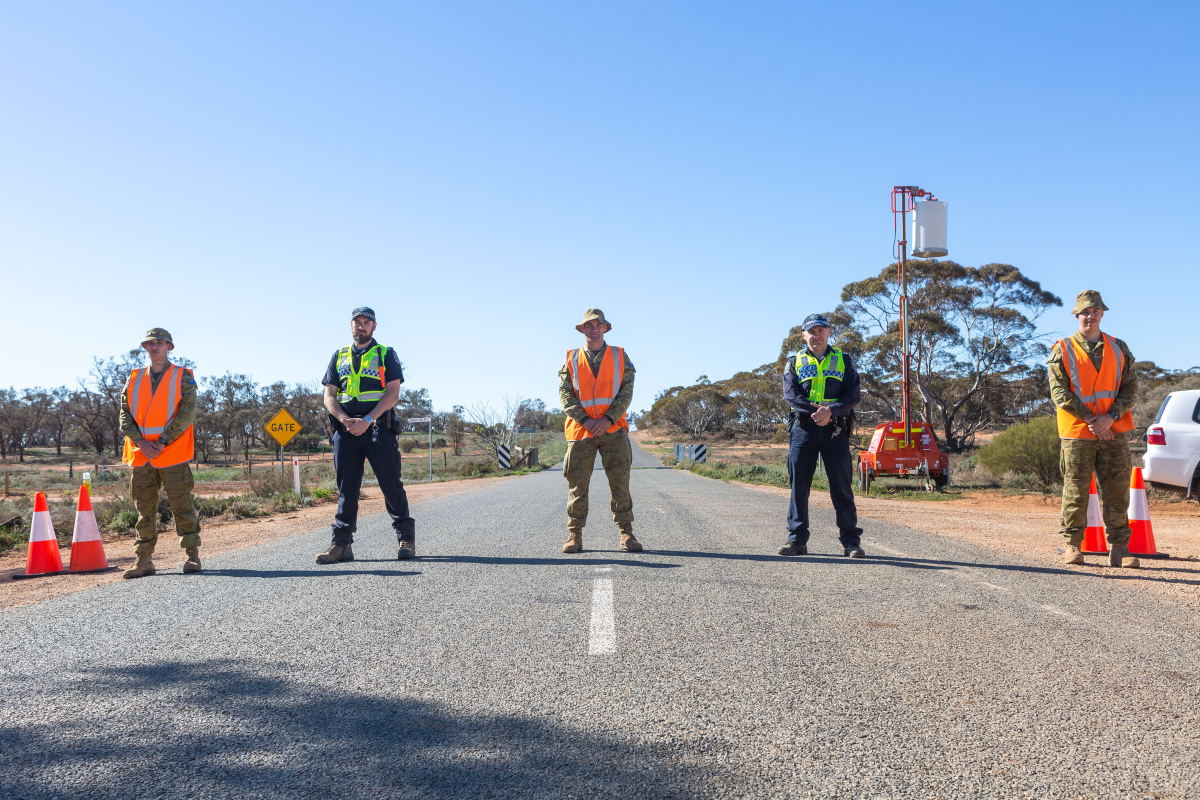
|
The Long Shadow of COVID-19
Human SecurityEmerging Threats and OpportunitiesCivil-Military Relations |
Tim Inglis reflects on the ADF response to the COVID-19 pandemic and considers the lessons learned for future domestic operations and operational readiness more broadly. |

|
Land Power Library - Four Battlegrounds
Book reviewArtificial IntelligenceEmerging Technologies |
John Nash commends Paul Scharre's book on artificial intelligence to anyone with a stake in the future of war and conflict, which is to say, everyone. |

|
The Strategy of Denial
Book reviewMajor power competitionOur Region |
Since its 2021 release, Elbridge Colby’s The Strategy of Denial remains a critical contribution to defence strategists grappling with the evolving complexities of China’s growing assertiveness, great power competition in the Indo-Pacific and the role of allies within these dynamics. Reviewer Courtney Stewart discusses why. |
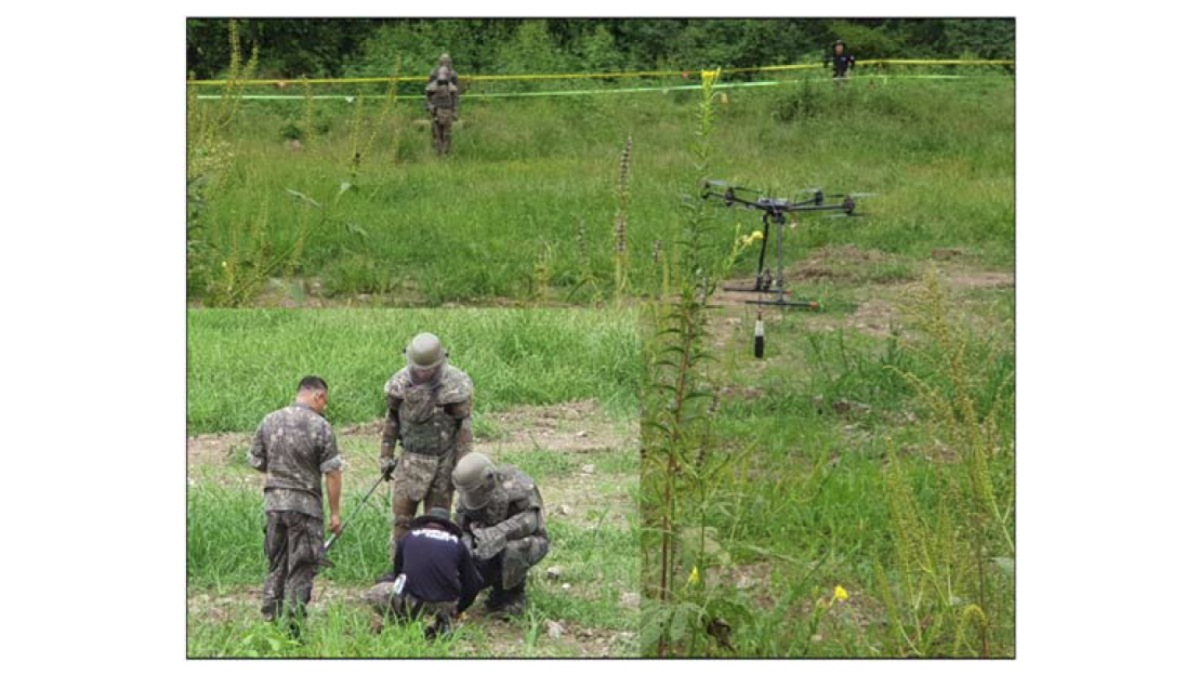
|
Detecting Landmines with Magnetometers
Quantum TechnologiesEmerging TechnologiesModernisation |
Sam Legge considers the potential of quantum magnometer technology to revolutionise minefield clearance capabilities. |

|
Are Large Language Models Safe for Military Use?
Emerging TechnologiesEmerging Threats and Opportunities |
Jamie Freestone considers the implications to the Australian Army of the most significant advance in AI to date - the rise of Large Language Models like ChatGPT, Claude and Meta AI. |

|
Land Power Library - Conflict
Book reviewLandpower lessonsMajor power competition |
Adriaan van Staden commends Petraeus and Roberts' expansive analysis of the evolution of global warfare since the end of World War II. This four part volume effectively explores how conflict as adapted to the changing global landscape and offers valuable insights into how junior officers and NCOs must adapt to the operational environment of the future. |

|
Promotion of Occasional Paper 28 - Drawing on the Reserves
Future ReadyArmy & SocietyEmerging Threats and Opportunities |
The Defence Strategic Review recognises the Reserves as key to ADF capability. In this Occasional Paper, Assoc Prof Brad West and Dr Josh Healy examine the level of support civilian employers provide their employees in undertaking Reservist service and what workplace difficulties Reservists encounter in managing dual careers. |

|
The AARC Summer Reading List
Book reviewCognitive edgeLandpower lessons |
As the summer holidays approach, the post presents some of the books, articles and other writings that have inspired members of the AARC over the last year. |
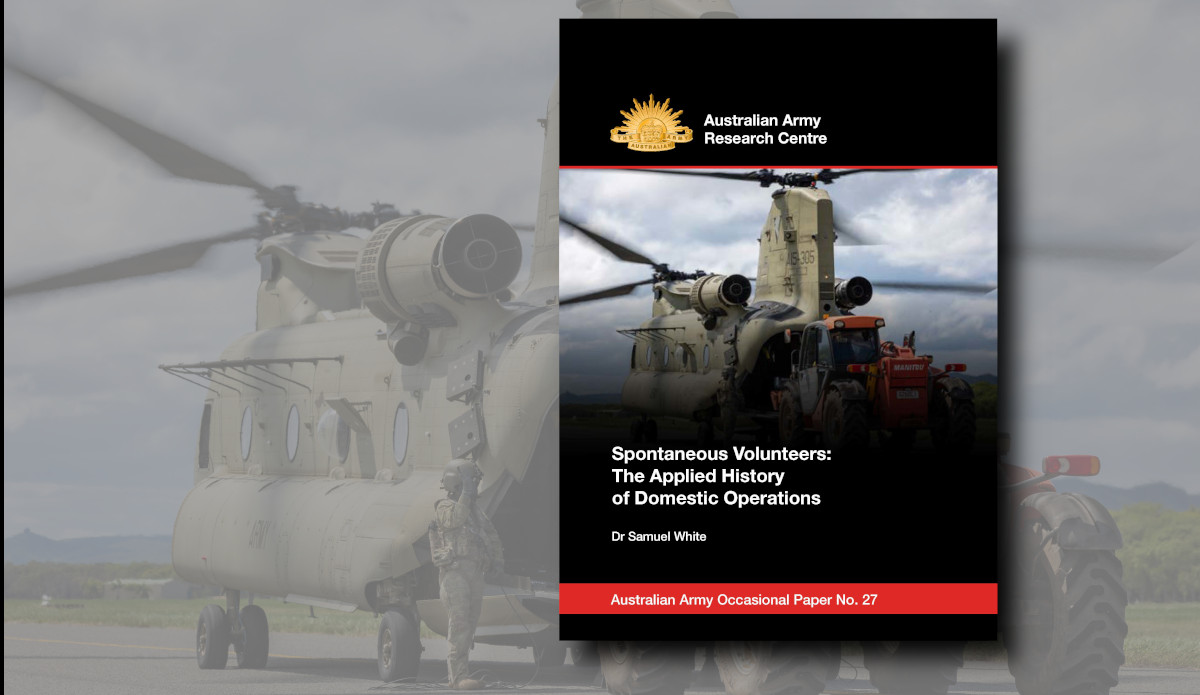
|
Promotion of Occasional Paper 27 - Spontaneous Volunteers
StrategyMilitary historyArmy & Society |
The role of the military in domestic operations is one of the most vexing issues in a democracy, made complex by a lack of historical work. This occasional paper offers the first definitive history of all instances of call outs in Australia since 1901, in order to provide a left and right of arc for contemporary policy and operational thresholds. |

|
Land Power Library - 21st Century Mahan
Book reviewRegional politicsStrategy |
Benjamin Armstrong's book considers the continued relevance of the early 20th century influential American maritime strategist Rear Admiral Alfred Mahan. Reviewing the book, Jennifer Parker finds that Armstrong’s commentary is especially timely as the ADF seeks to balance long-term strategic capability investments with the need for more immediate operational readiness. |

|
Land Power Library - General Walter Krueger
Book reviewLandpower lessonsMilitary history |
Kevin Holzimmer's book on General Walter Krueger adds to a growing body of work that re-examines the role of the United States Army in the Southwest Pacific Area during the Second World War. Reviewer Dayton McCarthy highly recommends the book as giving the Australian reader a wider perspective than the well-known touchpoints of Buna, Lae/Finschafen and Borneo. |

|
Seminar on ‘Reflections as Commander of the 2nd (Australian) Division and as Commander of Joint Task Force 629’
LeadershipCivil-Military Relations |
In a talk hosted by 2(AS) Division and streamed by The Cove on Tuesday 26 November, Major General David Thomae, AM will reflect upon his Command of the 2nd (Australian) Division and of Joint Task Force 629. |

|
Land Power Library - Holding Out
Book reviewLand combatLandpower lessons |
Roger Lee reviews Tony Cowan's new book on the German Army during World War I and identifies lessons for commanders that are as relevant now as they were during the Great War. |
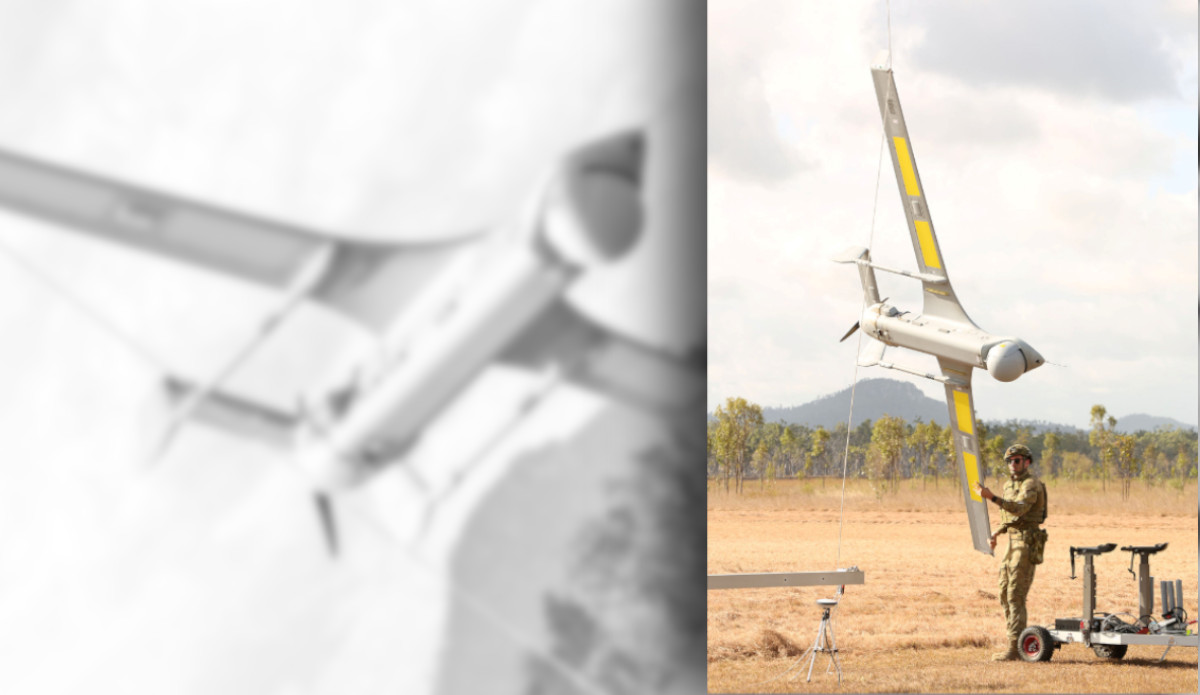
|
Seminar on ‘Small Aircraft, Sizable Threats’
Content ReleaseEmerging TechnologiesAccelerated Warfare |
Small Uncrewed Aerial Systems (sUAS) are widely available, militarily effective and challenging to defeat. In a talk hosted by 2(AS) Division and streamed by The Cove at 16.30-17.30 [AEST] Tuesday 29 October, Dr. Carl Rhodes will discuss the implications for the Australian Army of the wide-spread use of small uncrewed air systems by combatants in current and recent battlefields. |

|
Land Power Library - Patton’s Tactician
Book reviewLandpower lessonsLand combatLand Power Library |
Reviewer Chris Roberts rates James W Holsinger's book about Lieutenant General Geoffrey Keyes as being most useful for historians of the World War Two Mediterranean Theatre of Operations and postwar Austria. Keyes saw active service in Sicily, Italy, postwar Germany and postwar Austria. The book's title draws from the fact that Keyes was also General Patton's deputy commander during the Africa Campaign. |

|
Land Power Library - Wars of Revelation
Book reviewStrategyLand Power Library |
Wars of Revelation has much to offer, especially for those at the higher levels of the profession of arms and those in areas such as Military Strategic Commitments who engage in policymaking at the strategic level. |

|
Call for AAJ Submissions
Cognitive edgeAustralian Army JournalFuture Ready |
The Australian Army Research Centre (AARC) invites submissions for the third edition of the Australian Army Journal (AAJ) for 2025. The theme for this edition will be ‘The Australian Army Contribution to the Profession of Arms – The Past, Present, and Future’. Submissions for 2025 Volume XXI, Number 3 are due by end of day Monday, 24 March 2025. |

|
Land Power Library - The Rise of the G.I Army 1940-1941
Book reviewLandpower lessonsLand combatLand Power Library |
McLeod Wood reviews Paul Dickson's book 'The Rise of the GI Army 1940-41'. In his view, it offers valuable insights into the period prior to the Japanese attack on Pearl Harbour. For those with an interest in understanding how the US prepared for entry into World War Two, this is a well researched and written book. |
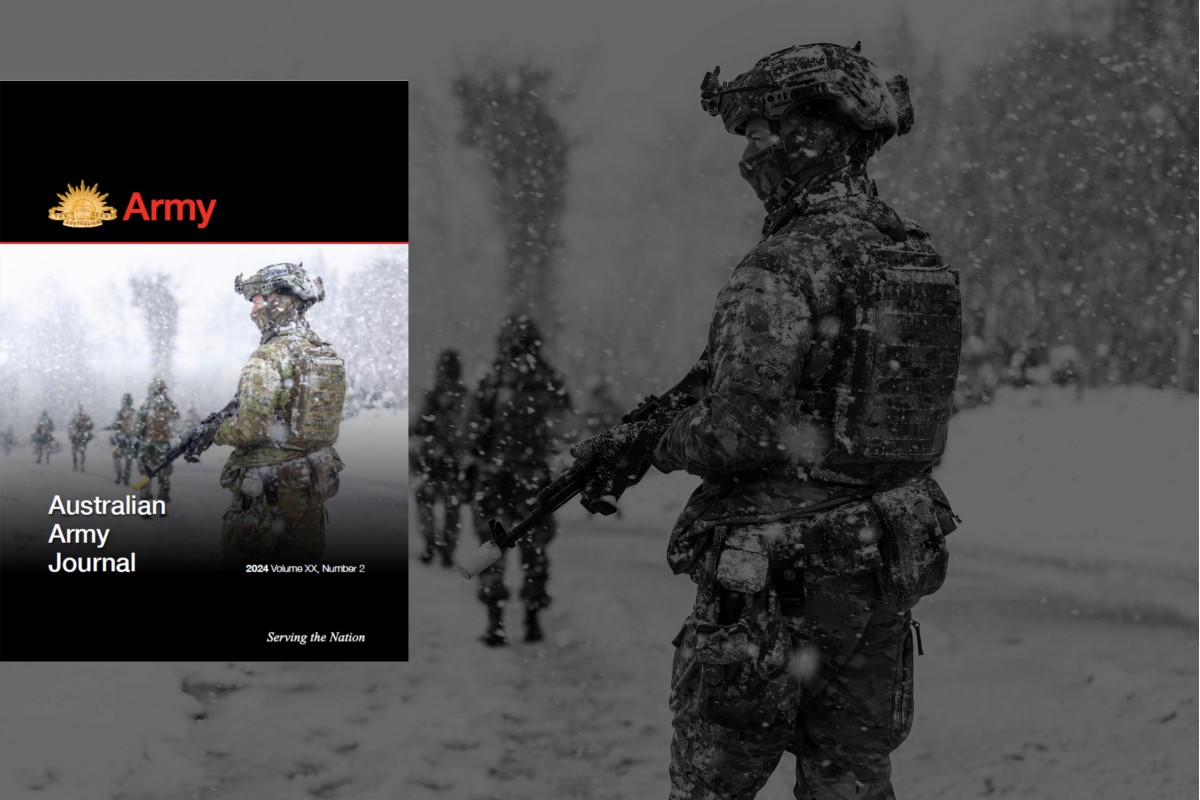
|
Enhancing Australia’s Integrated Deterrence
Content ReleaseEmerging Threats and OpportunitiesOur Region |
Authors Gregory MacCallion and Courtney Stewart consider how the ADF should approach deterrence and examine land power's contribution to integrated force effects. This Land Power Forum Post summarises the author's longer article that appears in Australian Army Journal Volume 20 Number 2. |

|
Land Power Library - The Brown Water War at 50
Book reviewLittoral WarfareAmphibious/joint/interagencyLand Power Library |
Marking 50 years since the withdrawal of US combat forces from Vietnam in 1973, this book is an edited collection of 12 historical essay on the US Navy and US Marine Corps. Reviewer Blair Tidey recommends it as a good introduction to the topic of riverine and coastal conflict for Australian readers interested in Army's emerging capabilities in this area. |
Pagination
The Australian Army Research Centre welcomes contributions to foster debate.


